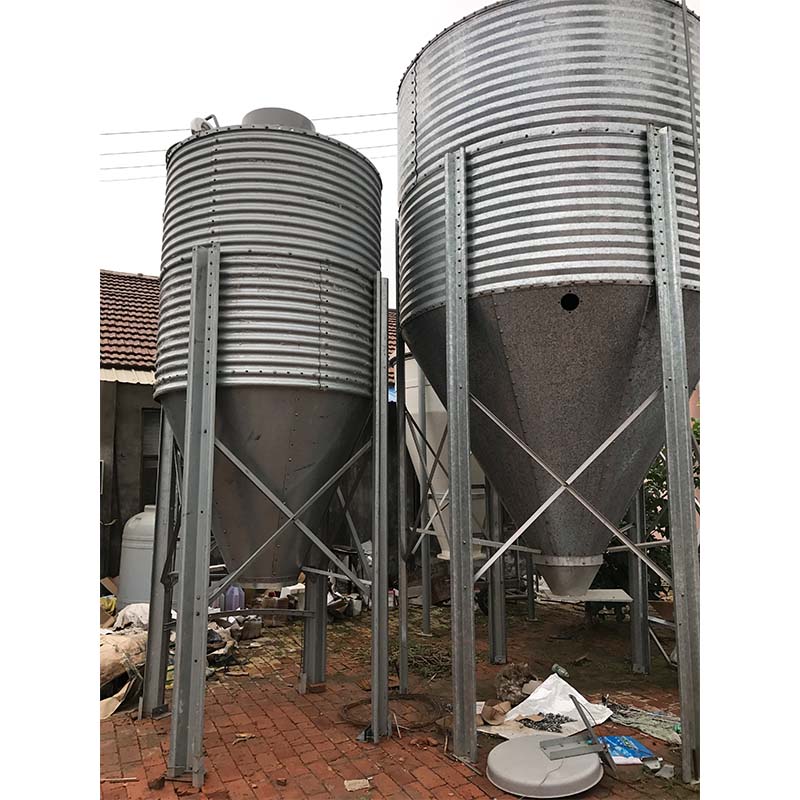feed mill pellet machine
Dec . 23, 2024 12:17 Back to list
feed mill pellet machine
The Importance of Feed Mill Pellet Machines in Modern Agriculture
In the modern agricultural landscape, the demand for efficiency and quality in livestock feed production is higher than ever. One of the most crucial innovations that have emerged to meet this requirement is the feed mill pellet machine. These machines play a pivotal role in the production of high-quality animal feed by transforming raw ingredients into pellets that are easier to handle, store, and consume.
What is a Feed Mill Pellet Machine?
A feed mill pellet machine is a specialized piece of equipment designed to compress and shape animal feed ingredients into uniform pellets. The process involves grinding raw materials into a fine powder, mixing them with additives, and then forcing this mixture through a die under high pressure and temperature. This not only allows for better nutrient absorption by animals but also enhances the shelf-life of the feed.
Benefits of Using Pelletized Feed
1. Nutrient Density One of the primary advantages of pelletizing animal feed is the concentration of nutrients. Pellets are formulated to contain all essential vitamins, minerals, and proteins, which are vital for the health of livestock. This process ensures that every bite an animal takes is packed with nutrition.
2. Improved Palatability Animals often prefer pellets over loose feed because of their uniform size, which makes them easier to consume. Additionally, the pelletizing process can enhance the flavor and aroma of the feed, encouraging livestock to eat more and, consequently, leading to higher growth rates.
3. Reduced Waste Traditional loose feed often results in significant waste as animals tend to scatter it or reject certain components. Pelleted feed minimizes this issue, helping farmers to maximize their feed utilization and reduce costs associated with feed wastage.
4. Enhanced Digestibility The heat and pressure involved in pelletizing can help destroy harmful bacteria and pathogens present in the raw materials. Furthermore, it makes the nutrients more bioavailable, improving overall digestibility and absorption in the animal’s gastrointestinal tract.
5. Easier Handling and Storage Pellets are easier to transport and store compared to bulk feed. Their compact shape means that more feed can be stored in a smaller space, which can be particularly beneficial for farms with limited storage facilities.
Energy Efficiency and Sustainability
feed mill pellet machine

With the increasing focus on sustainability in agriculture, feed mill pellet machines are also designed to be energy-efficient. Many modern pellet machines utilize advanced technologies that reduce energy consumption while maintaining high output levels. This is crucial for farmers looking to reduce their carbon footprint and lower operational costs.
Moreover, the use of by-products from the food industry, such as corn husks or soybean meal, can be integrated into the pellet-making process. This not only helps in recycling waste materials but also contributes to the production of more affordable feed options.
Choosing the Right Pellet Machine
When it comes to selecting a feed mill pellet machine, farmers must consider several factors
- Capacity The machine’s output capacity should align with the scale of the farming operation. Larger farms may require high-capacity models, while smaller operations can opt for smaller machines.
- Material Compatibility The ability of the pellet machine to handle various raw materials, including grains, legumes, and by-products, is crucial. This versatility allows farmers to customize feed formulations based on their specific needs.
- Ease of Cleaning and Maintenance Regular maintenance is essential to keep the machine running efficiently. Choosing a model that is easy to clean and maintain will save time and reduce downtime during the production process.
- Cost-effectiveness While initial investment costs can be significant, a cost-effective machine should provide long-term savings through efficient production and reduced feed waste.
Conclusion
In conclusion, feed mill pellet machines are indispensable tools in contemporary agriculture, offering numerous benefits that enhance the efficiency and sustainability of livestock feeding practices. As the industry continues to evolve, investing in this technology is essential for farmers striving to improve animal health, reduce costs, and contribute to a more sustainable agricultural future. By understanding the advantages and features of these machines, farmers can make informed decisions that lead to greater productivity and profitability.
-
High Performance Exhaust Fan – Efficient Ventilation Solutions for Home
NewsJun.10,2025
-
High-Quality Gestation Pen for Sows Durable Mobile Pig Pen & Simple Pig Pen Solutions
NewsJun.10,2025
-
High Quality Rabbit Cage Double Tier Designs & Welded Wire Mesh Supplier
NewsJun.10,2025
-
Floating Fish Feed Machine - High Efficiency Floating Fish Feed Extruder for Small Scale Production
NewsJun.10,2025
-
Premium Poultry Housing Solutions Mobile & Commercial Free Range Options
NewsJun.10,2025
-
Industrial FRP Fans Corrosion-Resistant Blades & Centrifugal Systems
NewsJun.09,2025






